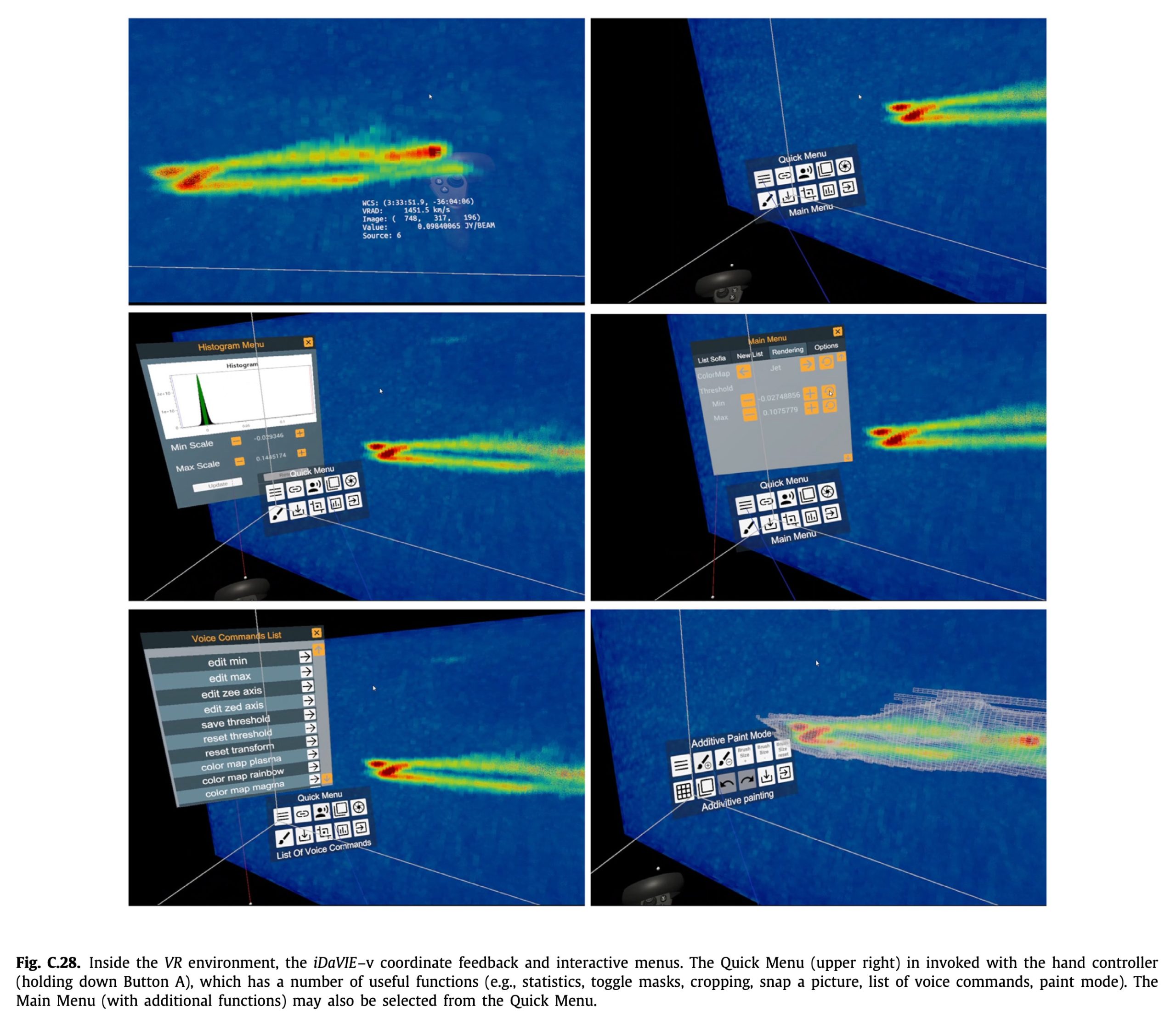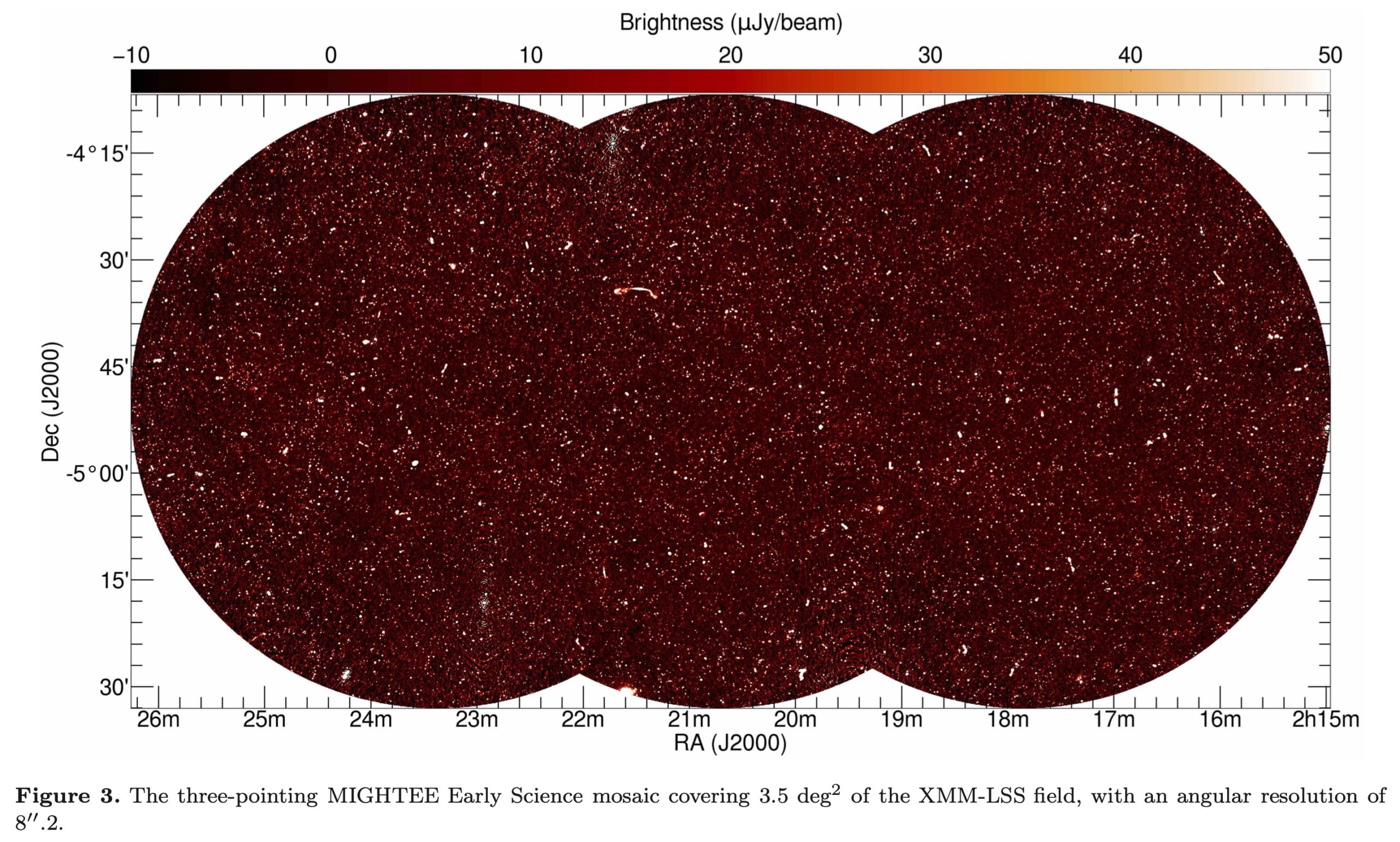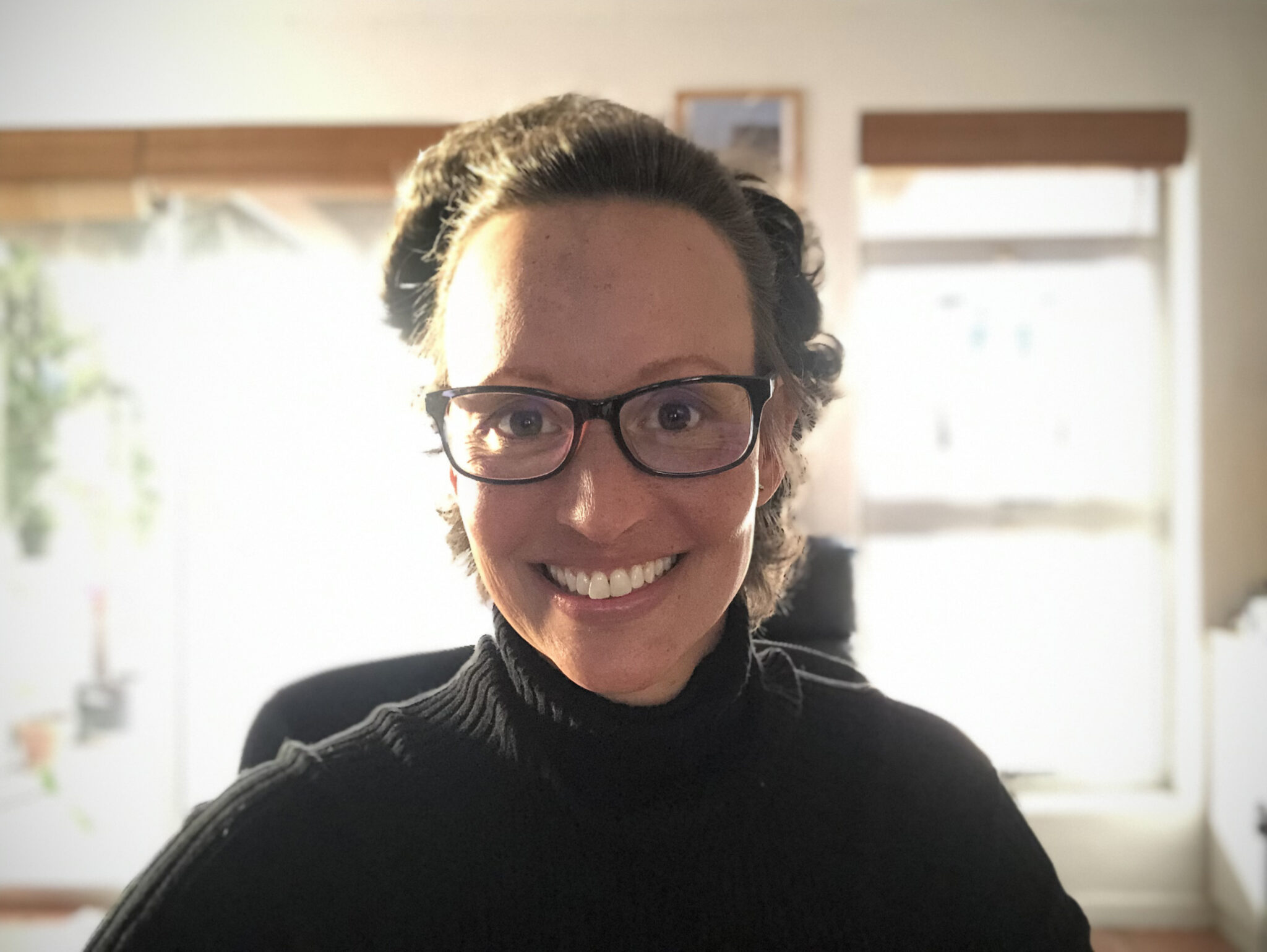MeerKAT Discovers Mystery Clouds
An international team led by astronomers Gyula Józsa, Michelle Cluver, and Thomas Jarrett has utilized the South African MeerKAT telescope to discover a mysterious chain of hydrogen gas clouds the size of a massive galaxy. Indeed, the accumulation of so much elemental hydrogen without associated stellar components is the largest yet discovered. Appearing at the edge of a relatively massive … Read More









